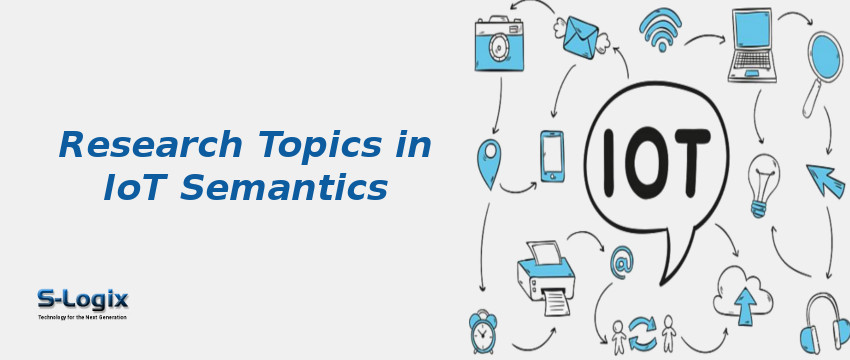The IoT semantics develops languages to process the data into machine processing format by expressing rich and self-described interrelations. Simply, semantics is defined as the technology linking user data to the machine or enterprises by developing languages. With the assistance of semantics, the machines can process long character strings and tons of information indexes. Semantic interoperability allows unambiguous machine interactions using a group of technologies. It minimizes the cost of subsystem integrations, and it plays a significant role in automation-based IoT systems. Data semantics is the study of particular pieces of information in the programming of machines. Data mining, artificial intelligence, Natural Language Processing (NLP), classification algorithms, and semantic searches are notable examples of IoT semantics. The IoT semantics play an essential role in daily human activities like communication, language learning, and understanding. The semantics are mainly classified under two categories that are conceptual meaning and associative meaning. Some of the social semantics examples are personality, demographics, and ideological orientation.
